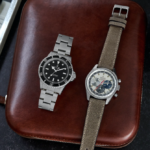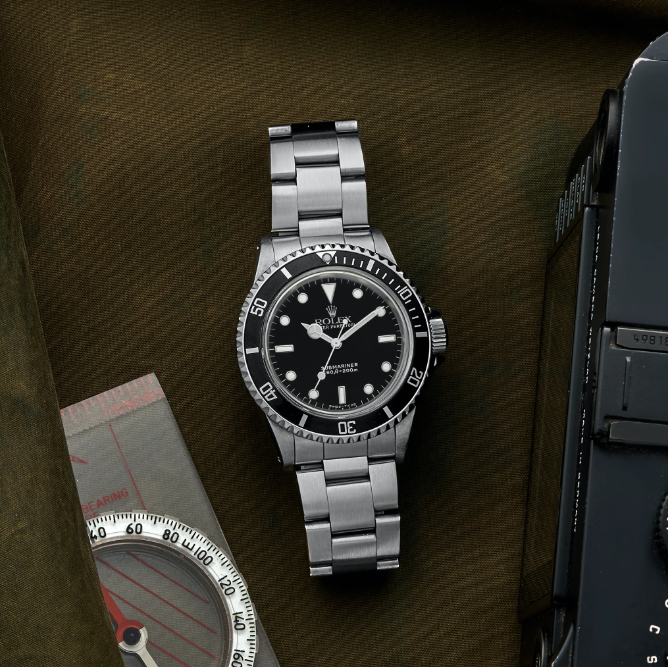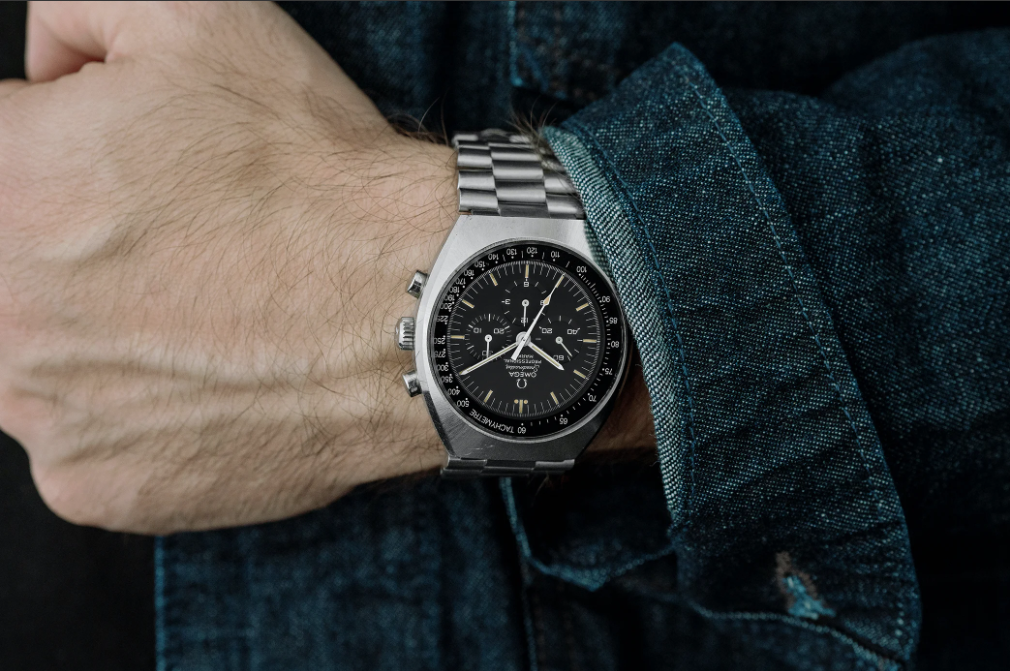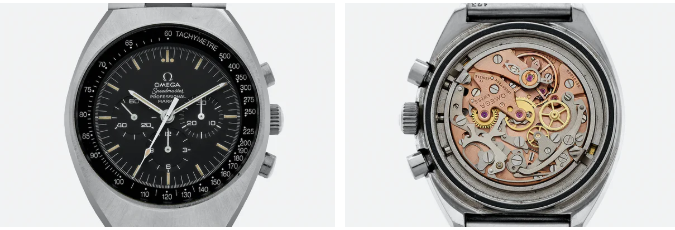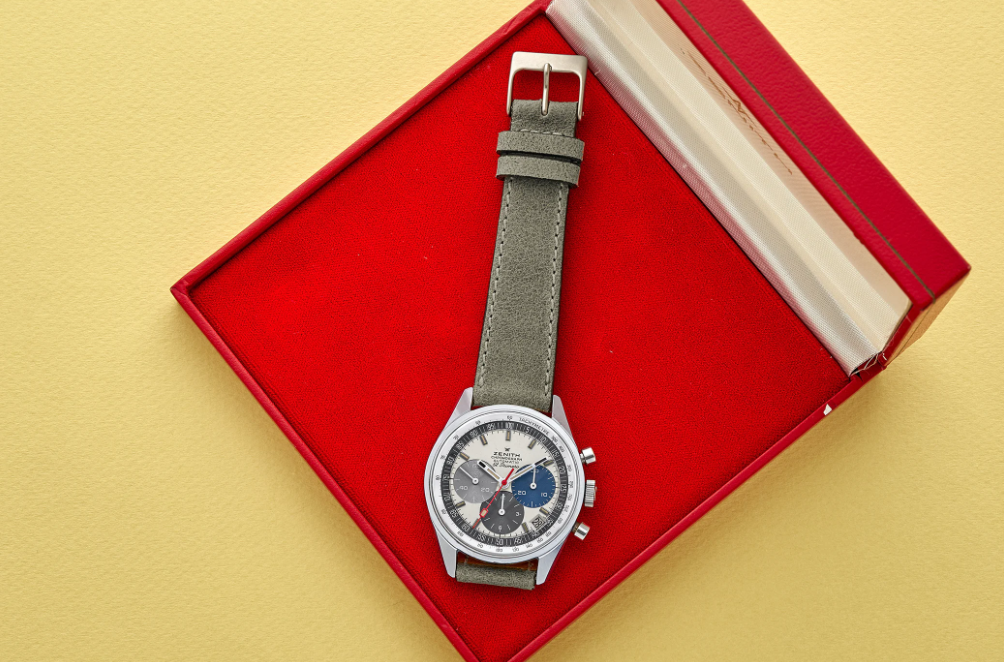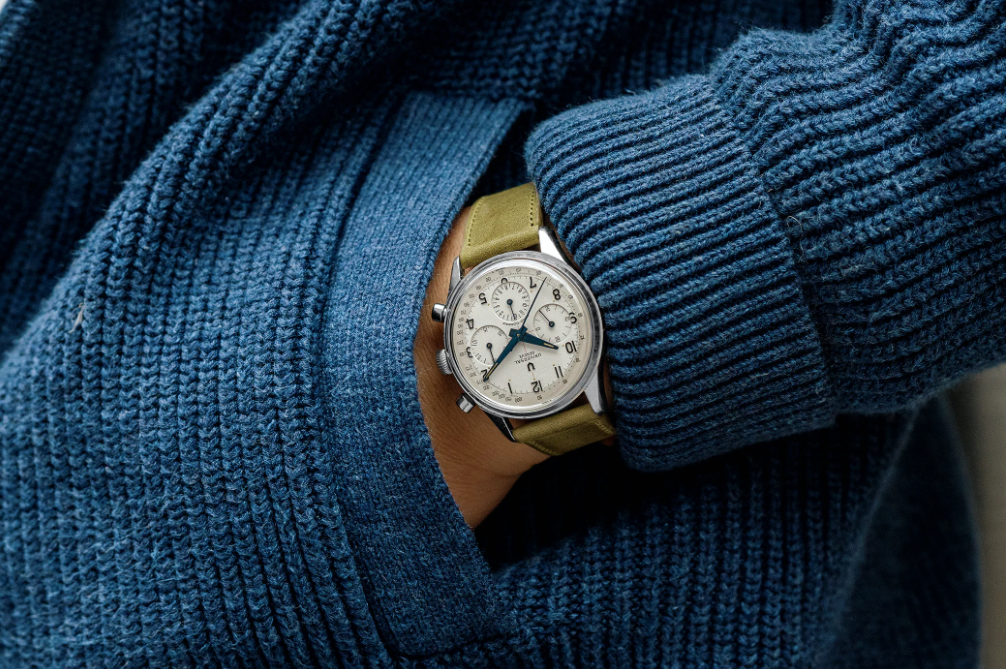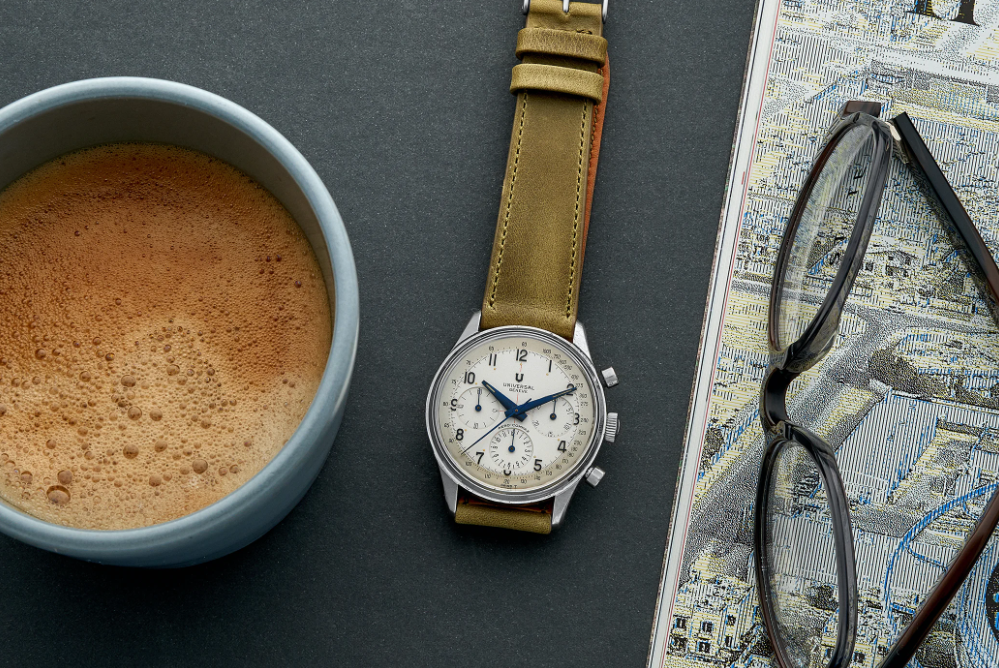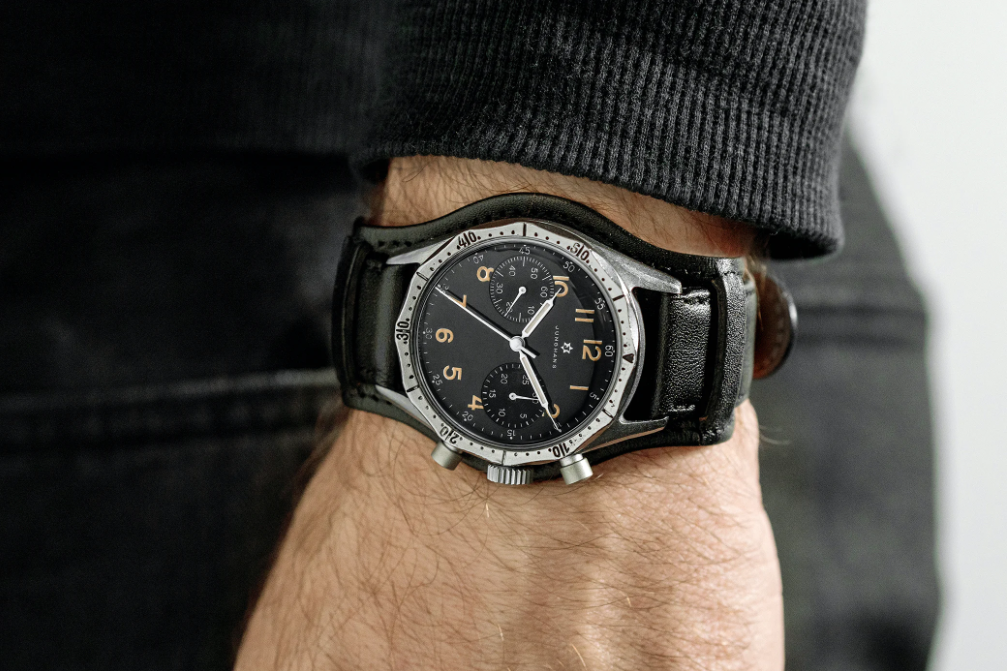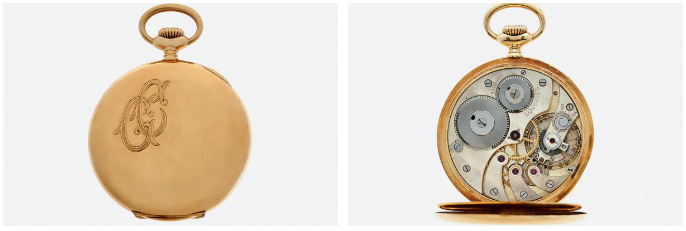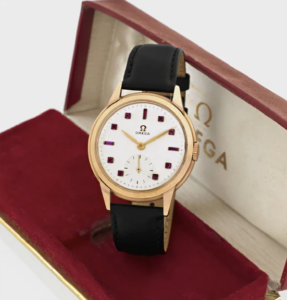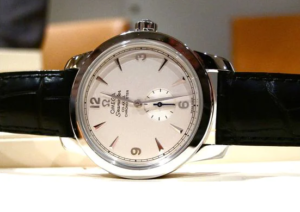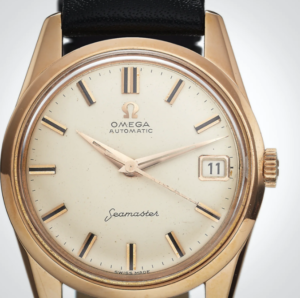We believe every vintage watch has a story to tell. That’s what HODINKEE was founded on, and since 2016, we’ve used our knowledge to bring you a curated selection replica watches of vintage watches in the HODINKEE Shop that you won’t find elsewhere, all delivered with an emphasis on education, transparency, and storytelling. And now, we’re kicking things up a notch.
You’ll still find us here every Wednesday morning, and we’ll still be highlighting what we love and what you should know about every vintage watch that appears in the HODINKEE Shop. You’ll also see every angle, of every watch, because we shoot all the vintage watches listed in the HODINKEE Shop ourselves – and we always will.
What’s new, however, is the amount of watches you’ll discover each week. We’ve grown our team of specialists, and we’re now able to deliver a larger – and broader – selection of vintage watches than ever before. You’ll also learn about the highlight pieces in each week’s assortment in articles like the below, directly from the team members who are most excited about them. The comments section is also now open for discussion, because we want to hear from you – don’t hesitate to let us know what you think and what you’d like to see from us going forward.
This Week’s Vintage Watches
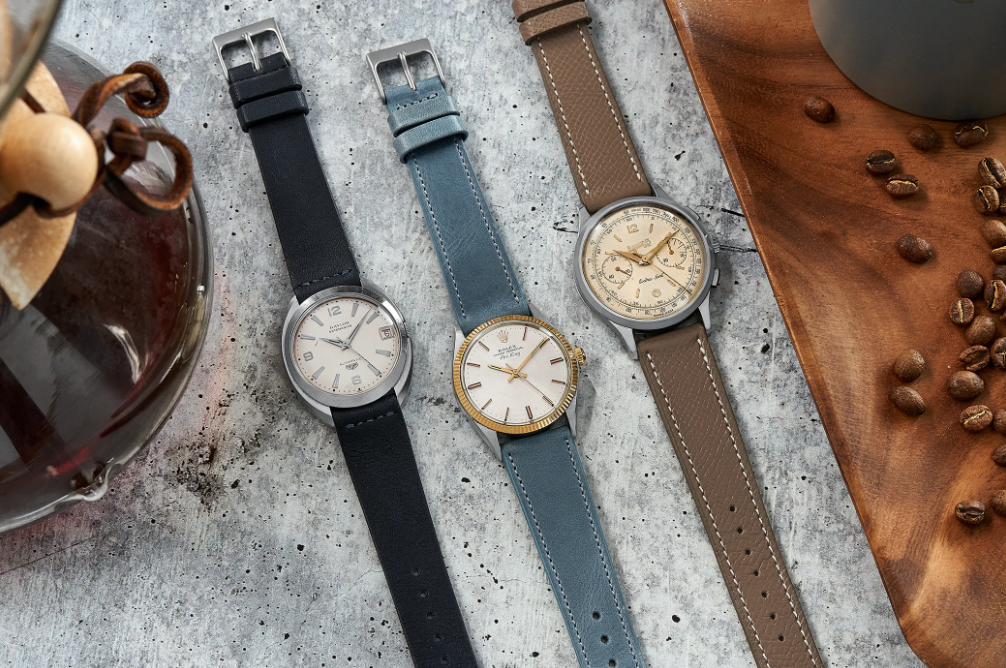
We’re back this Wednesday with a fresh selection of 15 vintage watches in the HODINKEE Shop. There is no clear-cut theme governing this week’s lineup, just interesting examples of watches that we personally appreciate, and think you will, too. That means you’ll find a two-tone Rolex Air-King next to an Eberhard Extra-Fort Chronograph (as seen above), a Jaeger-LeCoultre Memovox “Speed Beat” alongside a Longines pocket watch from the 1920s, and so much more. You can check out all the new vintage watches for yourself in the HODINKEE Shop, or read on to discover a few of our team’s personal highlights.
A 1970s Cartier Gondole ‘Jumbo’ And A 1960s IWC Automatic Dress Watch
When I first saw this 1970s Cartier Gondole “Jumbo,” I knew we had to include it in this week’s listing. As far as your typical Cartier dress watch goes, this Gondole is massive in comparison, and it wears even larger on the wrist, thanks to its replica watches uk double-stepped bezel. The impactful case design is contrasted by the simplicity of the dial, which carries forward Cartier’s classic aesthetic hallmarks, such as black Roman numerals, a central minute track, and blued steel sword-style hands. A common criticism of vintage Cartier Tanks is that they wear too small on the wrist – that’s an issue you won’t have with this Cartier Gondole.
Sport watches for diving, racing, and flying are rightfully considered the most popular category in vintage watches today, which is why I think now is the perfect time to add a vintage dress watch to your collection. I like this week’s self-winding IWC from the 1960s for its simple elegance and attainable price point, both of which make it a great option for those just starting to appreciate vintage watches. The steel case also measures close to 37mm in diameter, which would have been large for the 1960s but ensures easy wearability for today’s wrists. The light champagne patina that appears on the sunburst dial seals the deal on this IWC as an excellent option for under-the-radar daily wear. See for yourself in the HODINKEE Shop.
A 1971 Omega Speedmaster Professional Mark II And A 1970s Zenith El Primero Ref. A386
If you saw the My Watch Story I submitted a few months ago, you’ll know the Speedmaster Professional is a watch I hold dear to my heart. In that video, I talk about a Speedmaster ref. 145.022 that has been in my family since the 1970s and that I grew up seeing on my grandfather’s wrist. It’s clear, then, why I’m such a big fan of the standard Speedmaster Professional, but what might surprise you is that the Mark II variation gives me some of the same feels that my ref. 145.022 does. To me, the Mark II is the funkier, bolder sibling to the all-time classic design that is the Speedy Pro, and I really dig how Omega was able to push the envelope with the larger case profile but retain the collection’s overall DNA. Inside the Mark II is a familiar face as well – it’s the manually wound caliber 861 that was introduced in the Speedmaster Professional in 1969, incidentally the same year the Mark II debuted.
The design elements I appreciate the most on the Mark II include the thicker case and the tachymeter scale’s placement under the crystal rather than on an external bezel – these two details really give the watch a unique character. While the case may appear thick at first glance, it’s quite comfortable on the wrist, and the original Omega bracelet this example comes with provides it with added balance. The Mark II also offers great value when compared to Speedmaster Professional models from the same era. All in all, this is a great watch for someone who loves the Speedmaster but desires an execution that’s a little off the beaten path. If that sounds like you, head over to the HODINKEE Shop for a closer look.
Similar to the Speedmaster Professional, the Zenith El Primero ref. A386 is a legendary watch with a one-of-a-kind history. Original examples like the one we have today don’t come across our desks too often, but when they do, we get excited – how often do you get to see one of the first automatic chronographs? I have been fortunate enough to handle a few great examples of these over the years, and the first thing I always notice is the bold red central seconds hand and the tri-color, engine-turned sub-dials. These details give the fake rolex El Primero ref. A386 a look entirely its own, so much so that it’s influenced the modern Zenith El Primero Chronomaster in a way that is easily perceptible.
One of the more underrated attributes of the Zenith El Primero ref. A386 is the quick-set date indication sunken between four and five o’clock. It almost gets lost in the dial arrangement, which is something I personally appreciate as it doesn’t get in the way of the dial’s other beautiful little details. The rest of the dial is supremely legible, with white hands (and the red seconds hand!) offering excellent contrast. This example also comes with its original red presentation box, only adding to its appeal. Learn more about this Zenith El Primero ref. A386 in the HODINKEE Shop.
A 1960s Universal Genève Aero-Compax ‘Type B,’ A 1960s Junghans Bundeswehr Chronograph Ref. J88, And A 1927 Longines Pocket Watch Chronometer
My highlights for this week’s selection include two chronographs from the 1960s. They were both originally marketed toward pilots but are quite different in aesthetics and execution. The Universal Genève Aero-Compax “Type B” you see below, for instance, is a rare bird that stands out through a number of small details that, taken together, form an excellent example of what makes vintage Universal Genève chronographs so popular today.
The first things that catch my eye on this Aero-Compax are the applied Arabic numerals. The font is a simple sans-serif, but the fact that each numeral is individually applied adds a unique three-dimensional flair to the overall look. Adding further depth to the dial layout are the three recessed sub-dials, each engine-turned to achieve a concentric decoration before being stamped with radial numerals. There’s also a crosshair that cuts the dial with precision into quadrants and a cleanly executed tachymeter scale that runs across the periphery of the dial. Finally, the wide, attractive blued handset that is typical of the Compax series takes you home with its recognizable design. If the dial aesthetics aren’t enough to convince you (like they did me), however, there’s also the highly wearable 38 × 11mm steel case with pump pushers and the Universal Genève caliber 130 (a UG-finished Valjoux 72) to consider. Head over to the HODINKEE Shop to learn more.
While Universal Genève’s Aero-Compax is a beautiful specimen of mid-century Swiss watchmaking, the Junghans chronograph, shown below, is a Teutonic tool watch to its core. Junghans, based in Germany’s Black Forest since 1861, received a government contract in the late 1950s to supply West Germany’s Armed Forces, the Bundeswehr, with a watch that military personnel could rely on as Cold War tensions rose between East and West Germany. Junghans was able to meet the demand with a new chronograph featuring a 12-sided bidirectionally rotating bezel, a glossy black dial with syringe hands and two engine-turned sub-dials, and the in-house, column wheel-equipped J88 chronograph movement.
Now, to be completely honest, I’m far better acquainted with Junghans’ Max Bill series of design-minded and MoMA-approved dress watches – which, coincidentally, started production a few years prior to this watch’s release – than the company’s history of chronograph production for the West German military. So you can imagine my surprise when I first saw the J88 caliber used inside today’s watch, as highlighted in the lower right image – it’s quite the looker, right? This gold-plated, manually wound movement was designed to be exceptionally shockproof for its era, runs in 19 jewels, and features a Breguet hairspring and a column wheel for clean, crisp actuation of the piston pushers. With an authentic military heritage (as indicated by the caseback engraving), a unique aesthetic, and an attractive, interesting movement beating inside, this Junghans chronograph would make an excellent addition to the collection of anyone interested in how military history connects to watchmaking. Oh, and it’s also delivered on its original Bund strap. Make the whole package yours right now in the HODINKEE Shop.
In addition to the two chronographs I’ve detailed above, I would also like to briefly direct your attention to a Longines pocket watch from the 1920s that’s just landed in the HODINKEE Shop. Pocket watches are often overlooked among contemporary watch collectors, and I was guilty of doing as much for years, until around this time in 2019. That’s when, during a Thanksgiving visit with my grandparents, I received a pair of pocket watches – one lever-set Hamilton, one South Bend – that were originally owned by my great-grandfather. I had never previously spent any significant amount of time with a pocket watch, but over the past few months, I’ve kept both timepieces on replica rolex my desk as I’ve worked from home, and part of my daily routine has involved winding and interacting with them. They’ve served as great reminders of family I haven’t seen in nearly a year, with a physical presence that no FaceTime or Zoom call can replicate.
As 2020 draws to a close, and many of us continue to spend more time at home, I can’t endorse pocket watch ownership enough. It’s rewarding in a way completely different from a wristwatch, and spending time with my pair of pocket watches every day has given me a new appreciation for the history of watchmaking and how we measure the passage of time.
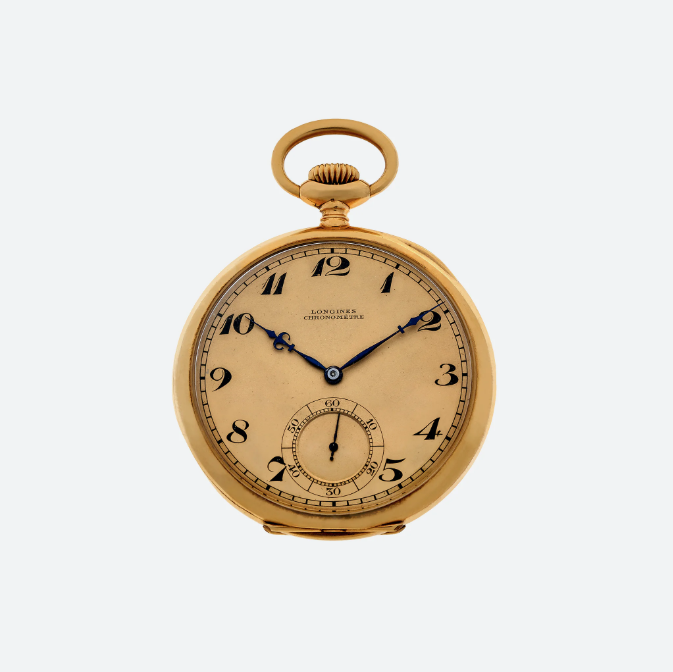
The pocket watch we now have on offer in the HODINKEE Shop is from Longines and dates to 1927. It’s made of solid yellow gold, features a caseback engraving that appears to be someone’s initials, and was originally certified as a chronometer (as clearly labeled on the dial). The Breguet numerals and fleur-de-lys handset are also attractive design attributes that are perfectly at home on this early 20th-century pocket watch. Whether you’re new to the world of pocket watches or not, I highly recommend inspecting this Longines pocket watch a little closer.
To view the entire current selection of vintage watches available in the HODINKEE Shop, click here.
Questions? Send us a note, or let us replica watches know in the comments. Want to sell your watch through the HODINKEE Shop? Click here.
